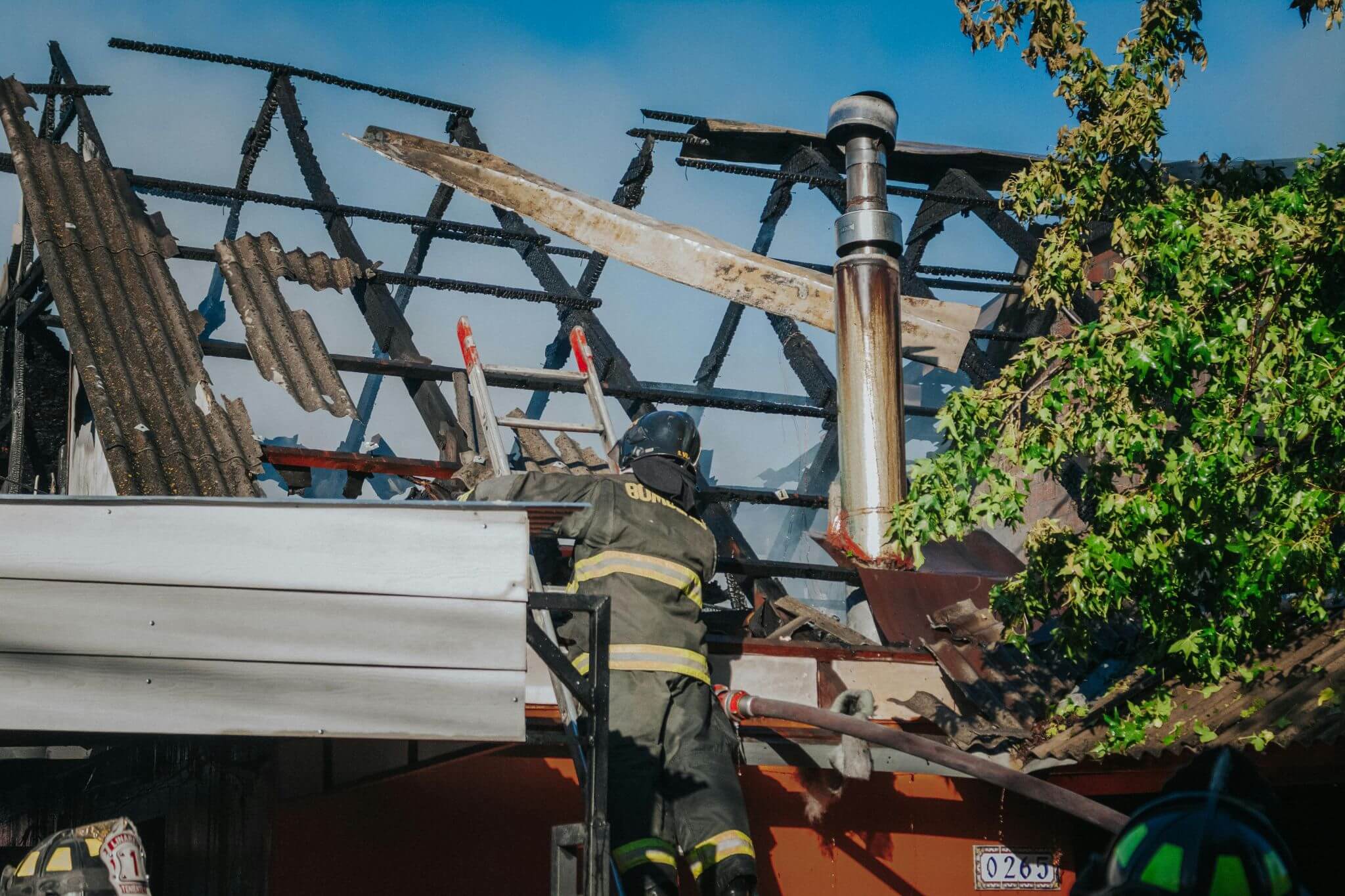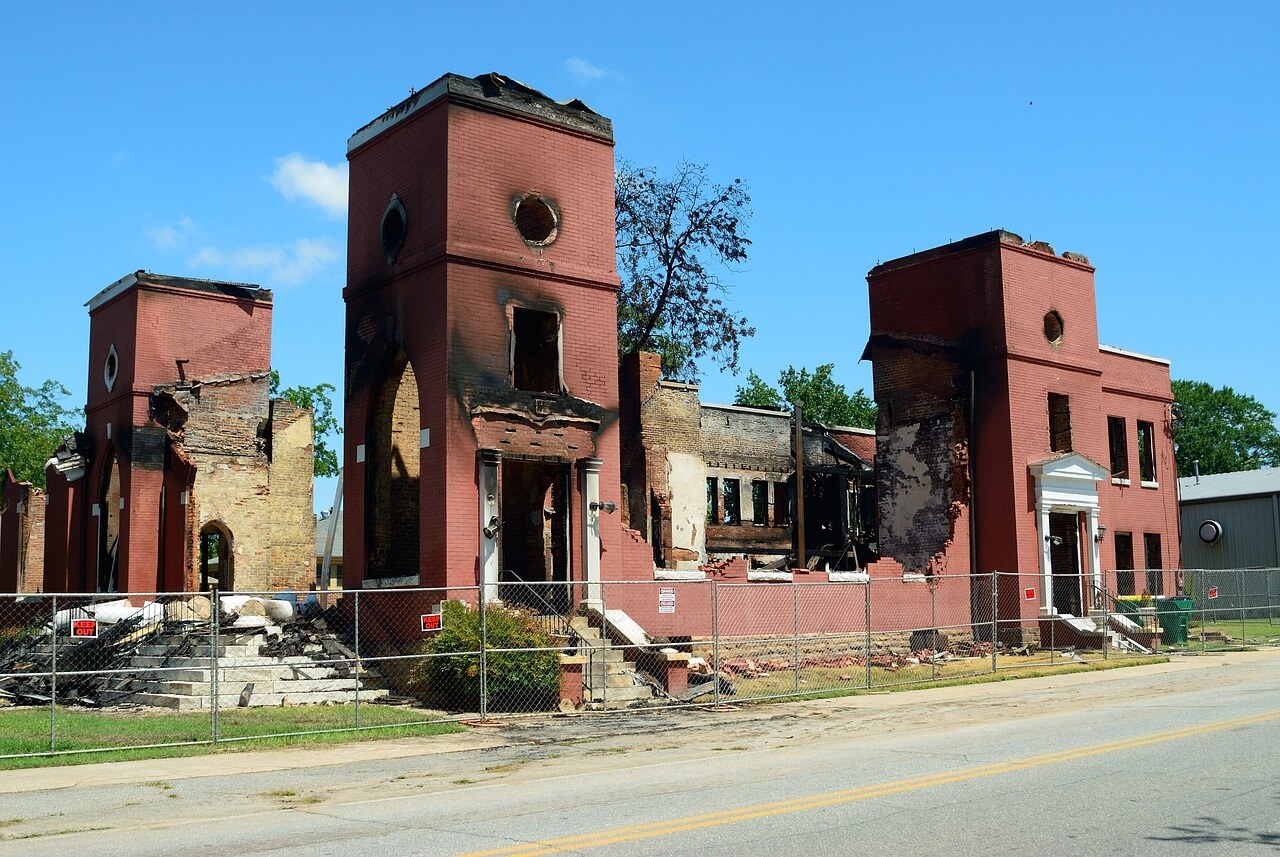
Restoring commercial properties after damage can be a daunting task, but with the right approach, it’s possible to bring a building back to its former glory and ensure it’s ready for business again. Whether it’s due to fire, water, storm, or vandalism, timely and effective restoration can minimize downtime and financial loss.
In this blog post, we’ll walk you through the 8 essential steps to restoring commercial properties, from the initial assessment to final touch-ups. These steps not only address the physical repair needs but also ensure that the property is safe, functional, and compliant with all regulations. Let’s jump in.
Initial Assessment and Damage Inspection
The first step in restoring a commercial property is conducting a thorough assessment of the damage. This inspection helps identify the extent of the destruction and what needs immediate attention. A detailed inspection should include evaluating structural integrity, electrical systems, plumbing, and HVAC systems. Inspecting the building’s foundation, walls, roof, and windows will provide a clear picture of the work required.
It’s essential to document everything for insurance purposes, as these details will guide the restoration process and ensure accurate claims. Early detection of hidden damages, such as mold or water seepage, can prevent future complications. This comprehensive assessment lays the groundwork for an efficient restoration plan.
Securing the Property to Prevent Further Damage
Before restoration begins, it’s crucial to secure the property to prevent any additional damage. This includes boarding up windows, securing doors, and reinforcing any structural weaknesses. If the building has been affected by fire, water, or storms, there may be compromised areas that could worsen the situation if left unsecured.
Proper boarding and fencing can also prevent unauthorized access, safeguarding both the building and any remaining valuable equipment. Securing the property is a critical safety measure to protect the site from theft or vandalism during the restoration process, and it ensures the safety of workers who will be on-site.
Fire Damage Restoration
Fire damage restoration involves more than just cleaning up soot and ash. A thorough inspection must be done to assess structural damage, including burned beams, compromised roofing, and fire-damaged wiring. The process begins with removing damaged materials such as drywall, insulation, and flooring. Then, it’s essential to clean the entire building to eliminate smoke odor and residue.
Depending on the severity, fire damage may require significant repairs or rebuilding of portions of the structure. For instance, you can click here to find roofing, water, and fire damage restoration experts who can help handle the complexities of fire restoration, ensuring your property is safe, functional, and up to code. Experts will also provide detailed assessments of the building’s safety, addressing any hidden risks such as compromised load-bearing walls or weakened structural components.
Water Damage Restoration
Water damage can be particularly devastating to commercial properties, causing structural issues, mold growth, and electrical hazards. The restoration process begins with quickly removing any standing water to prevent further damage. Afterward, drying equipment, such as dehumidifiers and air movers, should be used to thoroughly dry out the affected areas, especially within the walls and flooring. Waterlogged carpets, insulation, and drywall should be removed and replaced to prevent mold growth.
In cases of severe flooding, it’s essential to address any water damage to electrical systems and wiring, as this could lead to hazardous conditions. Professional water damage restoration specialists can assess hidden water damage that might otherwise go unnoticed. Curious about how much does water damage restoration cost? This guide breaks down the expenses and what to expect during the process: how much does water damage restoration cost.
Mold Remediation
Mold growth is a common consequence of water damage, especially in commercial properties that have been exposed to leaks or flooding. If left unchecked, mold can spread quickly, compromising air quality and the health of those occupying the building. Mold remediation starts with identifying the source of moisture and addressing it to prevent future growth. Afterward, affected areas should be thoroughly cleaned and disinfected using specialized equipment.
Mold-contaminated materials, such as drywall, carpeting, or insulation, should be safely removed and replaced. The area must then be treated to ensure all traces of mold spores are eradicated. Mold remediation is a critical step in ensuring the health and safety of the building’s occupants.
Structural Repairs and Reconstruction
Once the site has been cleaned and secured, the next step in the restoration process is addressing any structural damage. This can range from repairing foundation cracks and walls to replacing roof sections and beams that may have been weakened. Structural repairs are often the most complex part of the restoration, as they may require specialized knowledge and permits.
Depending on the damage, the foundation, load-bearing walls, and support beams may need to be reinforced or rebuilt entirely. After completing these repairs, the property should be evaluated to ensure everything is up to safety standards before moving on to the final cosmetic touches and finishing work.
Electrical, Plumbing, and HVAC Systems Inspection
Commercial properties rely on electrical, plumbing, and HVAC systems to maintain functionality. After damage, it’s essential to thoroughly inspect these systems to ensure they are still safe and operational. A professional electrician should check the wiring for fire or water damage and confirm that the power supply is safe to use. Similarly, plumbing systems should be checked for leaks, blockages, or damage caused by flooding.
The HVAC system should be cleaned and tested for proper operation, as smoke or water damage can affect air quality. While restoring these systems is essential after damage, implementing regular HVAC spring maintenance can help prevent costly breakdowns and improve efficiency, ensuring that your building is ready to be used again and complies with all local building codes.
Final Clean-Up and Restoration Touch-Ups
After the major repairs and structural work have been completed, the final step is to clean the property and apply any necessary touch-ups to restore its appearance. This includes deep cleaning the entire building, repairing or replacing damaged flooring, repainting walls, and ensuring all systems are functioning correctly.
It’s also a good time to review the entire restoration process and check for any minor repairs that may have been overlooked. Final inspections should be conducted to ensure the building is safe, clean, and ready for use. Once the final touches are completed, the property will be fully restored, allowing business operations to resume smoothly.

Restoring a commercial property after damage is a complex process that requires careful planning, skilled professionals, and timely action. By following these 8 essential steps, you can ensure a smooth restoration, minimize further damage, and bring your property back to full functionality. Whether you’re dealing with fire, water, or structural issues, taking the right approach will help you avoid costly setbacks and downtime. Remember, seeking expert help throughout the restoration process can significantly improve outcomes and ensure the property meets all safety standards. With the right team and strategy, your commercial property can quickly recover and thrive once again.
